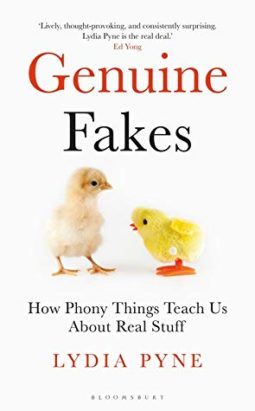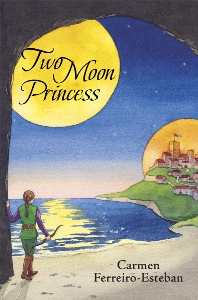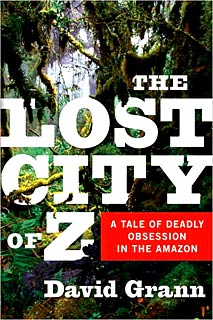This review contains affiliate links, which earn me a small commission when you click and purchase, at no extra cost to you. Thank you for supporting my small business and allowing me to continue providing you a reliable resource for clean book ratings.
One would think the line between “real” and “fake” would be obvious, especially when it comes to art or fossils or other museum-worthy items. But, as it turns out, there is an area in between, where forgeries become collectibles in and of themselves and entire museums are replicas of “the real things.”
Lydia Pyne explores a number of these types of gray-area things in Genuine Fakes. In one part of the book she looks at the history of scientists trying to replicate diamonds in the lab, and how their efforts were initially dismissed as an impossibility or the results as inauthentic. But now many people accept lab-created diamonds as completely satisfactory alternatives to those discovered in mines; some even prefer them because of the objectionable history of how many diamonds have been trafficked through war-torn areas (think “Blood Diamonds”). Are these manmade gems “real” because they have the exact structure as mined diamonds or are they still not quite there because of their provenance?
A forger active in the late 1800s and early to mid-1900s succeeded in fooling many, even art experts, into thinking his (or her) creations were those of sought-after artists, but later the works of the still-unidentified “Spanish Forger” became famous on their own, and people actually collect them.
In 1994, cave specialists discovered a Paleolithic cave in France that held artifacts, fossils, paintings and even footprints of the people who had been there thousands of years before. The priceless find was treated extremely carefully so it would not be degraded by visitors, so the decision was made to create a replica of the original so tourists could experience the cave for themselves. The Caverne du Pont d’Arc is not the actual Chauvet Cave, but it was designed meticulously so it could be a stand-in and the original would be preserved.
Through these and other similar examples, Pyne shares how these kinds of “genuine fakes” allow us to “explore how, why and under what circumstances we can — and ought — to accept things as authentic. … We ought to think about the purpose, intent and content of the object in question and what we would accept as the Real Thing.” Fakes may usually be created to deceive, but our genuine fakes can provide “important cultural history and meaning.”
Genuine Fakes explores a topic I’d never considered before. I learned about a number of forgeries I’d never heard of and was intrigued by the notion of “fakes” turning into collectibles or being created in such a way that they are the best alternative to an original. Some of the cases in the book are amusing; some are mysteries; all are evidence that reality can sometimes be a little messy and fuzzy at the edges. Occasionally the book got a little slow or I wasn’t sure where the author was going with an example, but overall it was educational and interesting.
Rated: None.
* I received an ARC of this book in exchange for my honest review.
Click here to purchase your copy of Genuine Fakes on Amazon.




